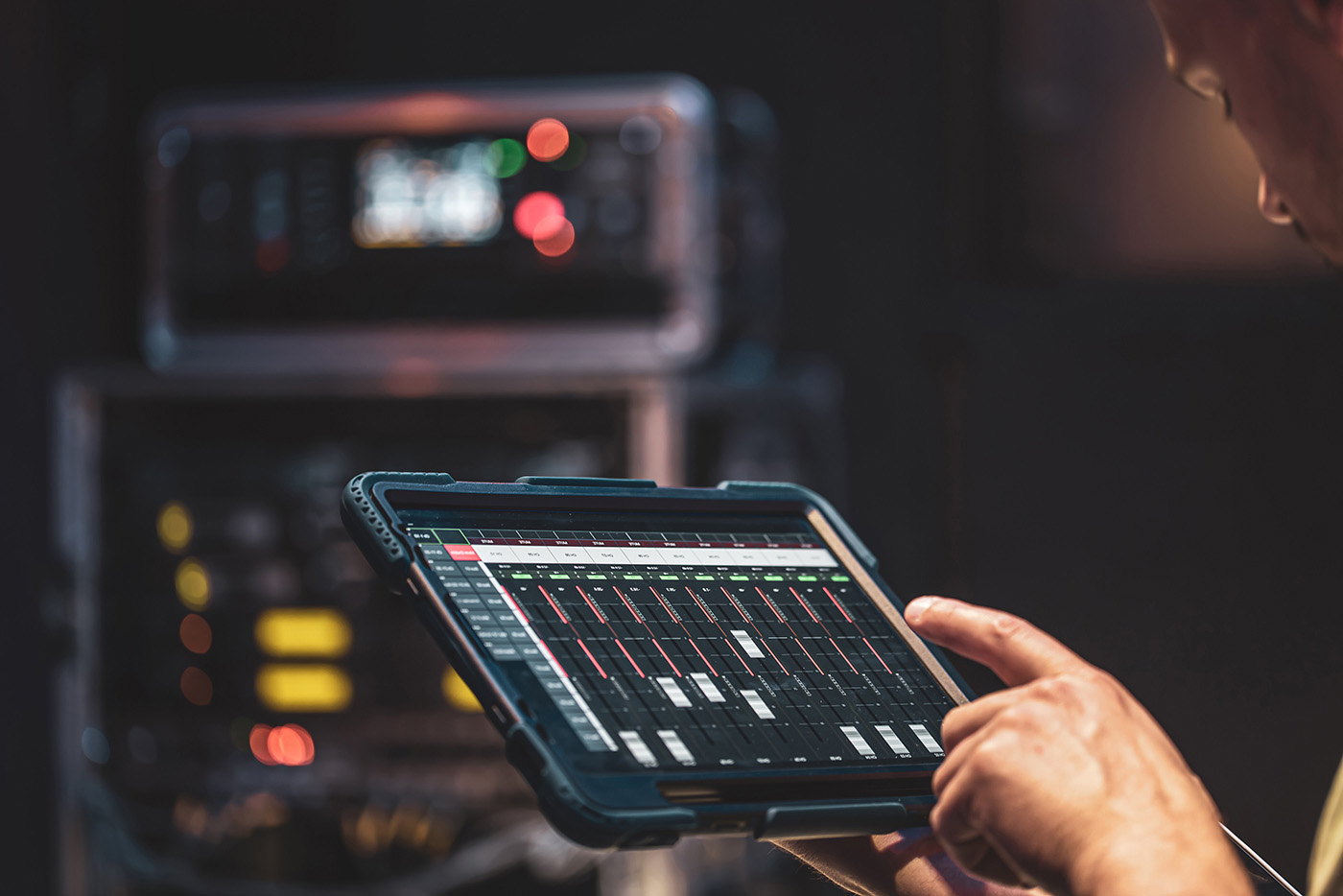Radio Frequency (RF) Testing
With the growing prevalence of wireless technologies, many modern products now include RF capabilities such as Bluetooth, Wi-Fi, and RFID/NFC communication. RF testing evaluates the transmit and receive performance of wireless modules integrated into products, verifying signal strength, frequency occupation, and interference suppression to ensure compliance with international RF regulations. Regulatory authorities — such as Taiwan’s NCC, the U.S. FCC, and the EU RED Directive — have clearly defined requirements covering transmission power, operating frequency bands, and radiated emission control. Accordingly, RF compliance testing is a critical step for wireless products before entering global markets.
Testing Services
Test Items
- Transmit Power Strength
- Bandwidth Accuracy
- Spectrum Mask
- Receiver Sensitivity
- Antenna Radiation Directivity
- Spurious Emission
- Harmful Interference
Applicable Standards
- LP0002, FCC Part 15, EN 300 Series, EN 301 Series, IEEE 802.11, RSS-210, RSS-GEN, AS/NZS 4268
Reference Cases
- Lighting Fixtures: A ZigBee smart streetlight control module obtained Taiwan NCC LP0002 RF Type Approval, demonstrating stable 2.4GHz and 868/915 MHz wireless communication performance. It has been successfully deployed in smart city projects, enabling remote monitoring, automated lighting control, and energy management, significantly improving operational efficiency and energy savings.
- Home Appliances: A Wi-Fi smart washing machine passed FCC Part 15 RF testing and certification, complying with U.S. 2.4GHz / 5GHz wireless communication standards. With its robust IoT connectivity, the product entered the U.S. smart appliance market, supporting remote control, fault diagnostics, and energy monitoring, enhancing user experience in intelligent home applications.
- ICT Products: A BLE wearable device was certified under both NCC LP0002 and CE EN 300 / EN 301 series standards, fulfilling RF and EMC compliance for 2.4GHz / 5GHz wireless operation in Taiwan and the EU. It features stable connectivity and low power consumption, making it ideal for smart healthcare and wearable device applications across Asia and Europe.
- Explosion-Proof Electrical Equipment: A wireless gas detector designed for Class / Division / Zone hazardous areas underwent Ex explosion-proof structure and RF integration risk assessment according to relevant standards. The evaluation covered potential RF-induced ignition risks in flammable gas environments, ensuring the RF module’s stable and safe operation within the explosion-proof enclosure.
- Fire Safety Equipment: An NB-IoT (Narrowband IoT) fire detector completed LTE Band high-frequency modulation characteristic testing and RF power verification, confirming communication stability and compliance with regulatory limits. It has been successfully deployed in high-rise residential buildings, providing real-time fire detection and remote alert notifications, enabling smart building fire protection applications.
